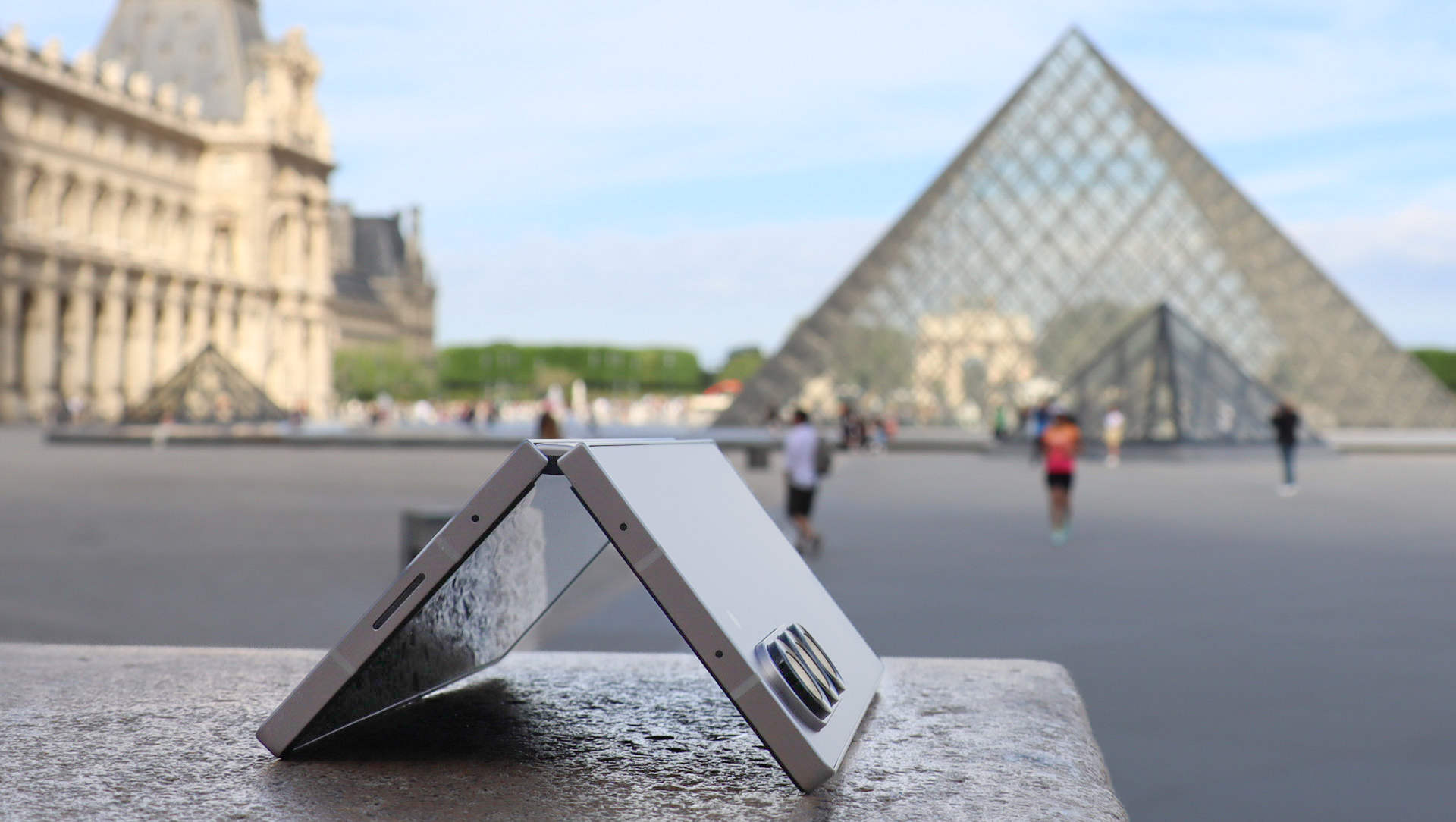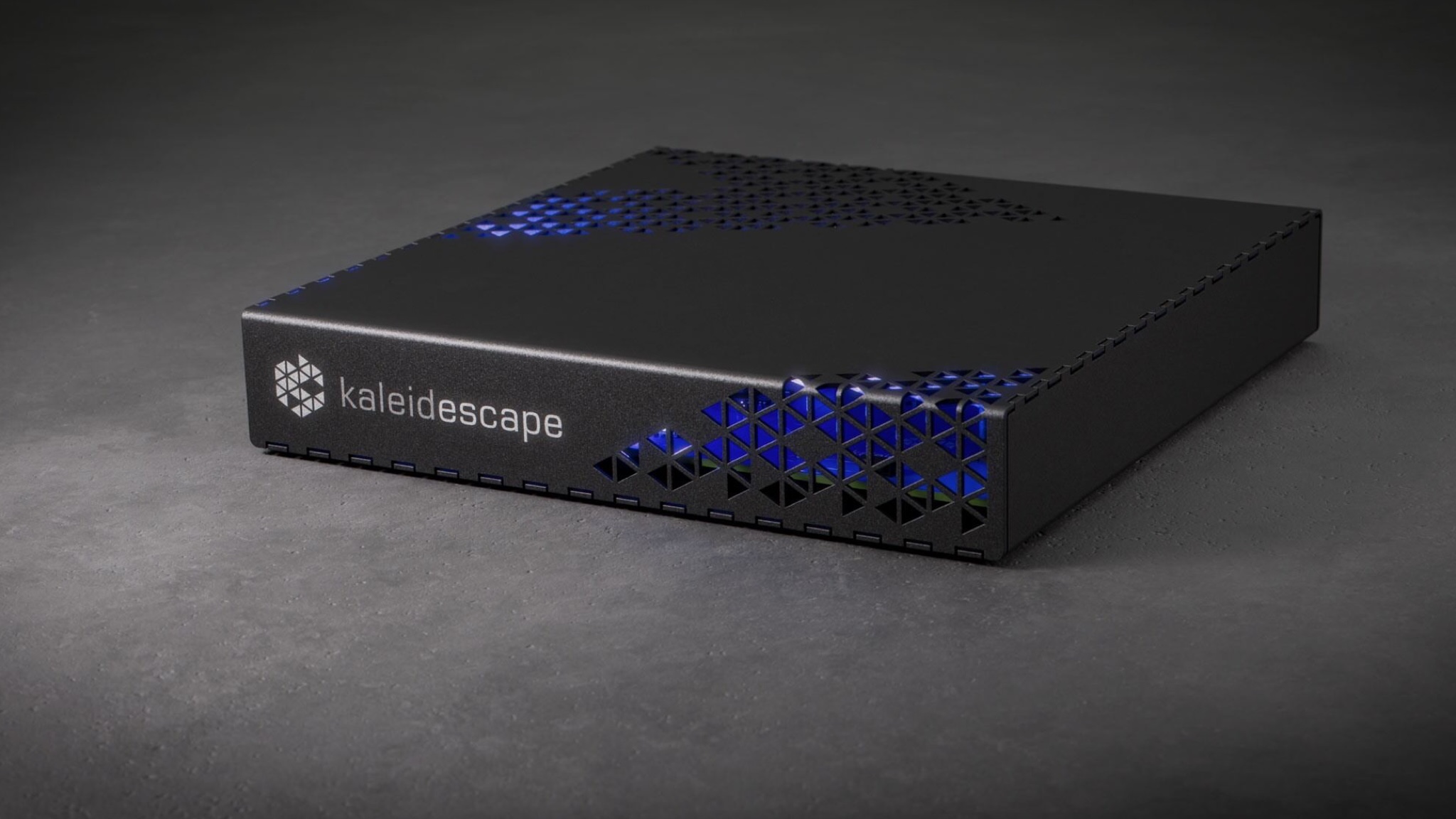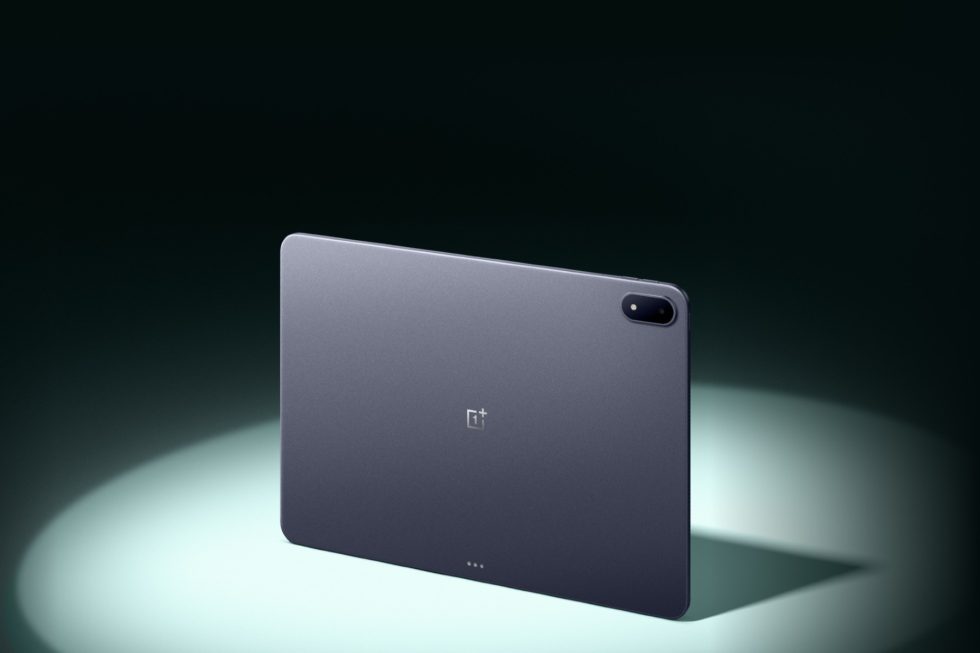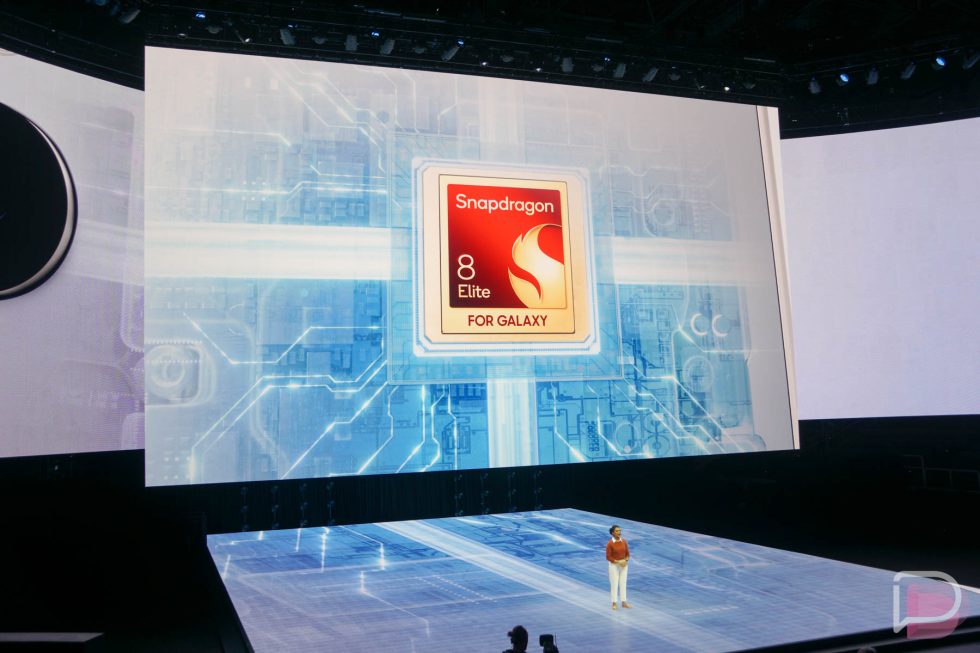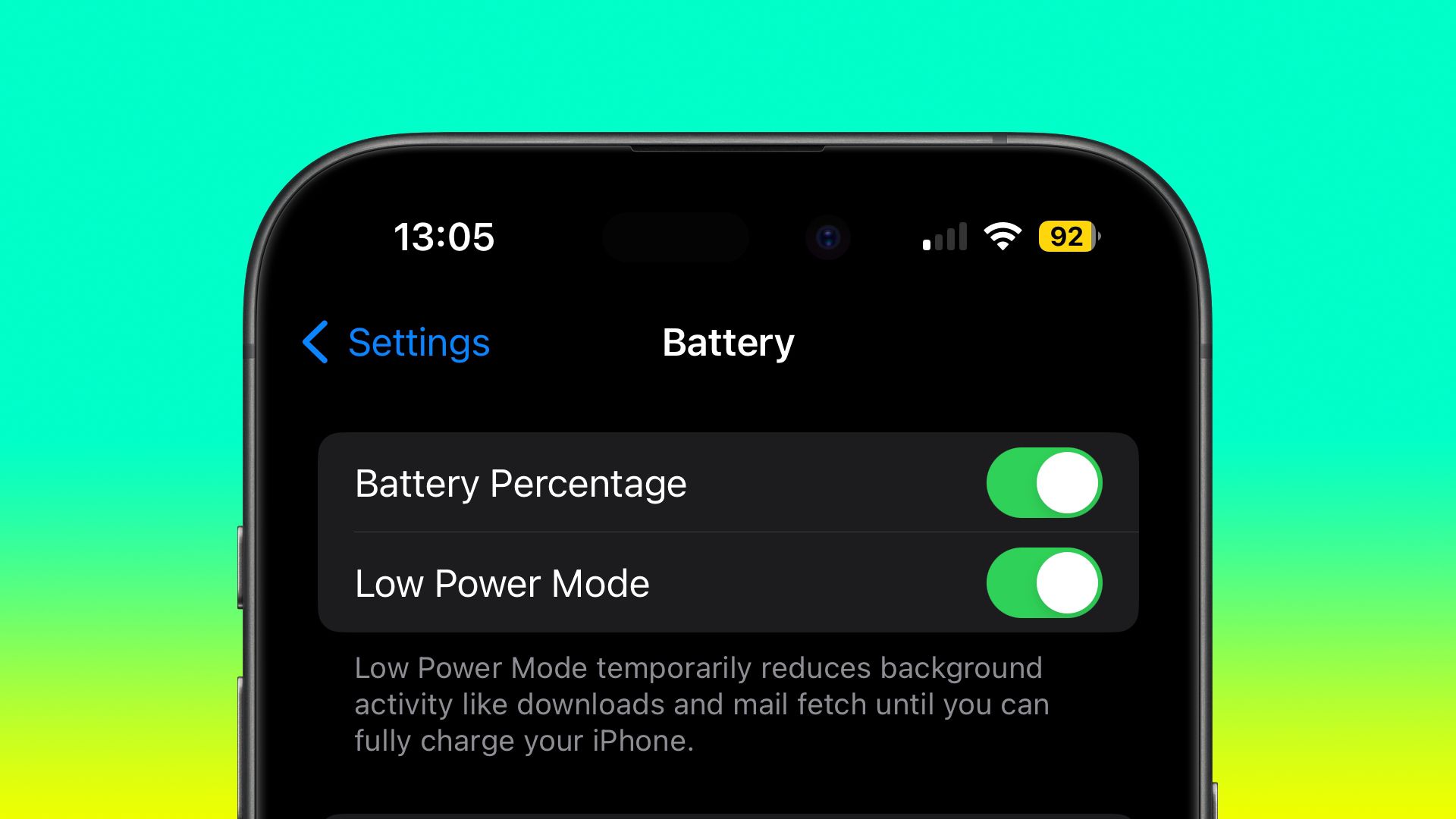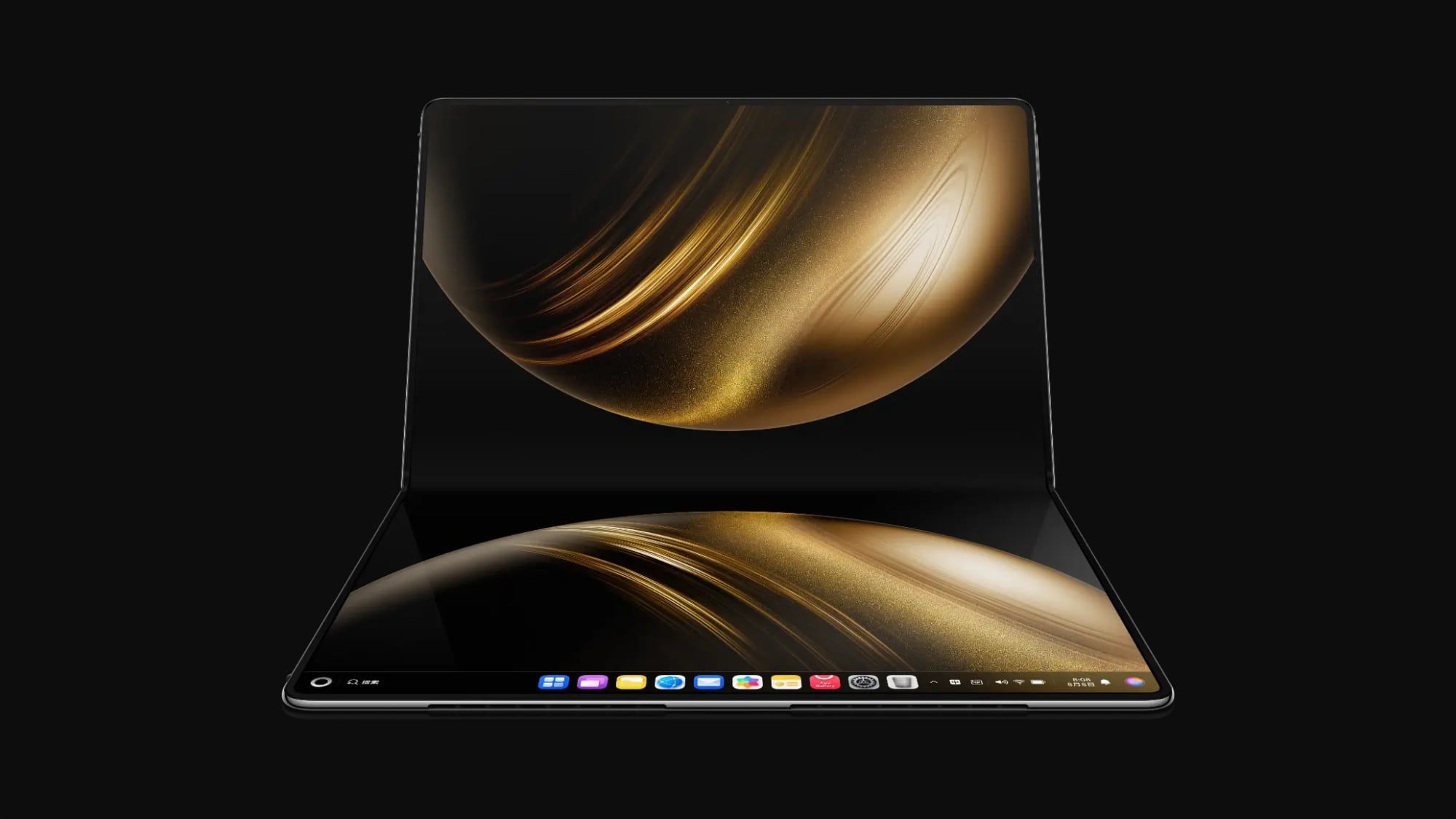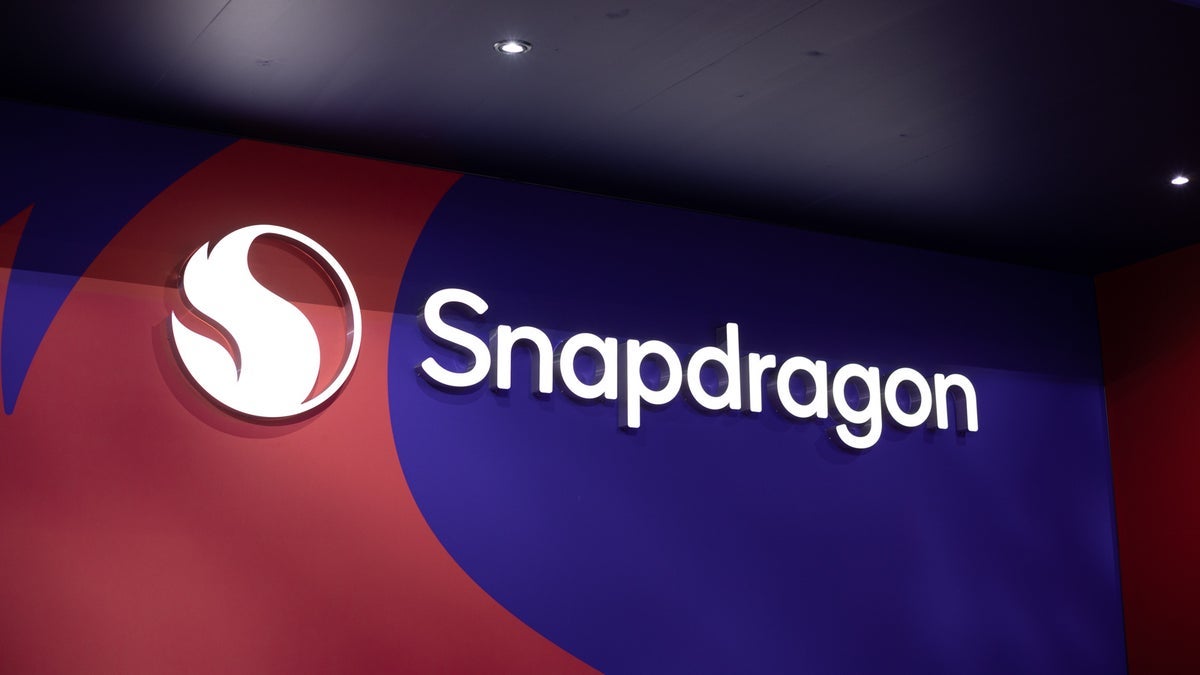Samsung’s New OLED Breakthrough: Thinner, Lighter, Smarter Displays Are Coming
The post Samsung’s New OLED Breakthrough: Thinner, Lighter, Smarter Displays Are Coming appeared first on Android Headlines.


It was announced yesterday that Samsung’s 2025 OLED TVs will get NVIDIA G-Sync compatibility. All of them. That was NVIDIA’s announcement, basically, and now Samsung Display has something to share at Computex 2025. The company had plenty to say in its press release, actually, but what captured our attention the most is Samsung Display’s announcement of ‘UT One’.
Samsung’s UT One tech aims to revolutionize OLED displays
What is UT One? The ‘UT’ stands for ‘Ultra-Thin’ OLED structure. It is supposed to replace the top glass substrate with ultra-thin organic and inorganic thin films. The bottom glass layer will remain intact.
The UT One panel that Samsung talked about at Computex features an ultra-thin structure and is the first IT OLED panel to support a minimum variable refresh rate of 1 Hz. Samsung says that internal testing proved that it delivers “next-generation power efficiency, cutting power consumption by 30% compared to conventional panels.” That does sound quite exciting.
It is 30% thinner and 30& lighter, not to mention 30% more power efficient
The UT One panel is 30% thinner and 30% lighter than conventional dual-glass OLED panels. It offers a weight reduction equivalent to a single standard laptop battery cell (approximately 50g weight).
Samsung says that the refresh rate can be dynamically switched from 1Hz to 120Hz, depending on the display content. The company added that this sheer fact will free up more energy for AI functions.
Samsung Display managed to achieve a 1Hz variable refresh rate
The company also added that it managed to achieve a 1Hz variable refresh rate (VRR) by applying Oxide TFT technology. That tech offers high electron mobility, which makes it ideal for large-area, high-resolution displays.
Samsung Display is currently building an Oxide TFT process at its dedicated 8.6-generation IT OLED production line in the Asan campus in Korea. The company says that the production is slated to begin in 2026.
Some other technologies have been talked about
On top of the UT One, Samsung also presented a broad lineup of low-power OLED technology at Computex 2025. One example is the Intelligent Color Technology (ICT), which reduces power consumption by increasing the saturation of pixels and reducing luminance while maintaining the level of screen brightness needed.
Another technology worth mentioning is Edge Luminance Profile (ELP). It “reduces power consumption by adjusting the luminance of the peripheral areas that are not easily visible via OLED’s ability to control pixels individually.”

The post Samsung’s New OLED Breakthrough: Thinner, Lighter, Smarter Displays Are Coming appeared first on Android Headlines.














































































































































































![[The AI Show Episode 148]: Microsoft’s Quiet AI Layoffs, US Copyright Office’s Bombshell AI Guidance, 2025 State of Marketing AI Report, and OpenAI Codex](https://www.marketingaiinstitute.com/hubfs/ep%20148%20cover%20%281%29.png)


![[The AI Show Episode 146]: Rise of “AI-First” Companies, AI Job Disruption, GPT-4o Update Gets Rolled Back, How Big Consulting Firms Use AI, and Meta AI App](https://www.marketingaiinstitute.com/hubfs/ep%20146%20cover.png)






































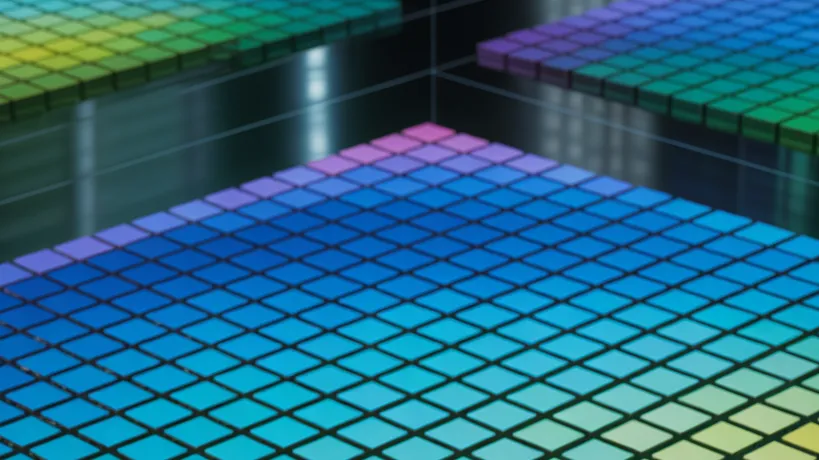


































































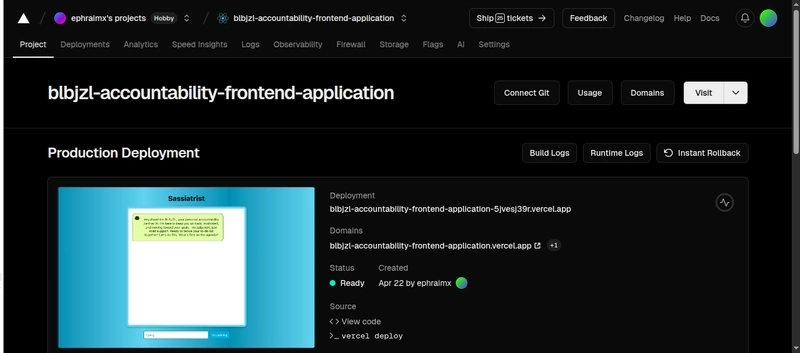

















![How to make Developer Friends When You Don't Live in Silicon Valley, with Iraqi Engineer Code;Life [Podcast #172]](https://cdn.hashnode.com/res/hashnode/image/upload/v1747360508340/f07040cd-3eeb-443c-b4fb-370f6a4a14da.png?#)






















































-(1).jpg?width=1920&height=1920&fit=bounds&quality=70&format=jpg&auto=webp#)

























































.jpg?#)




.png?width=1920&height=1920&fit=bounds&quality=70&format=jpg&auto=webp#)






























































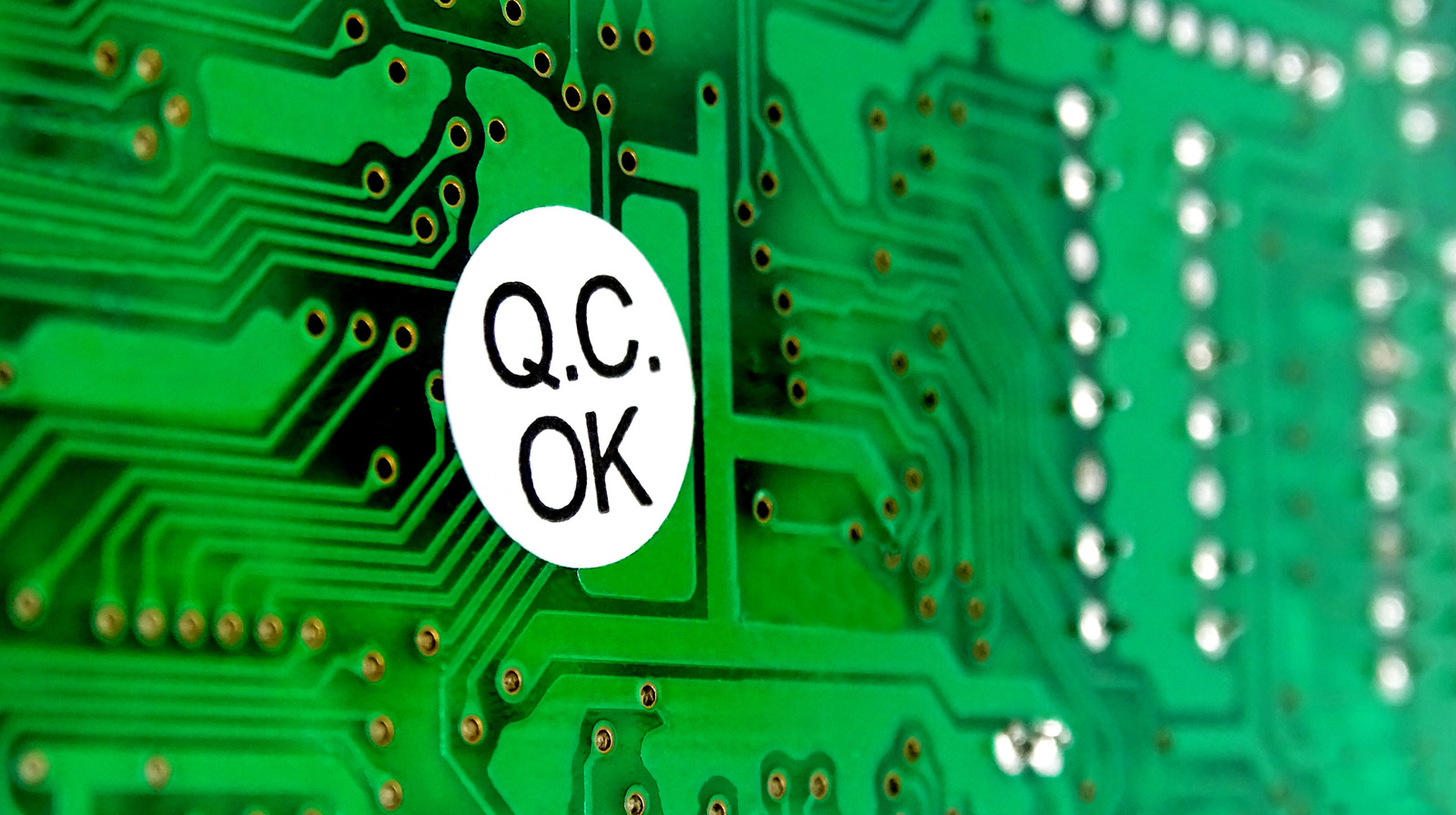













































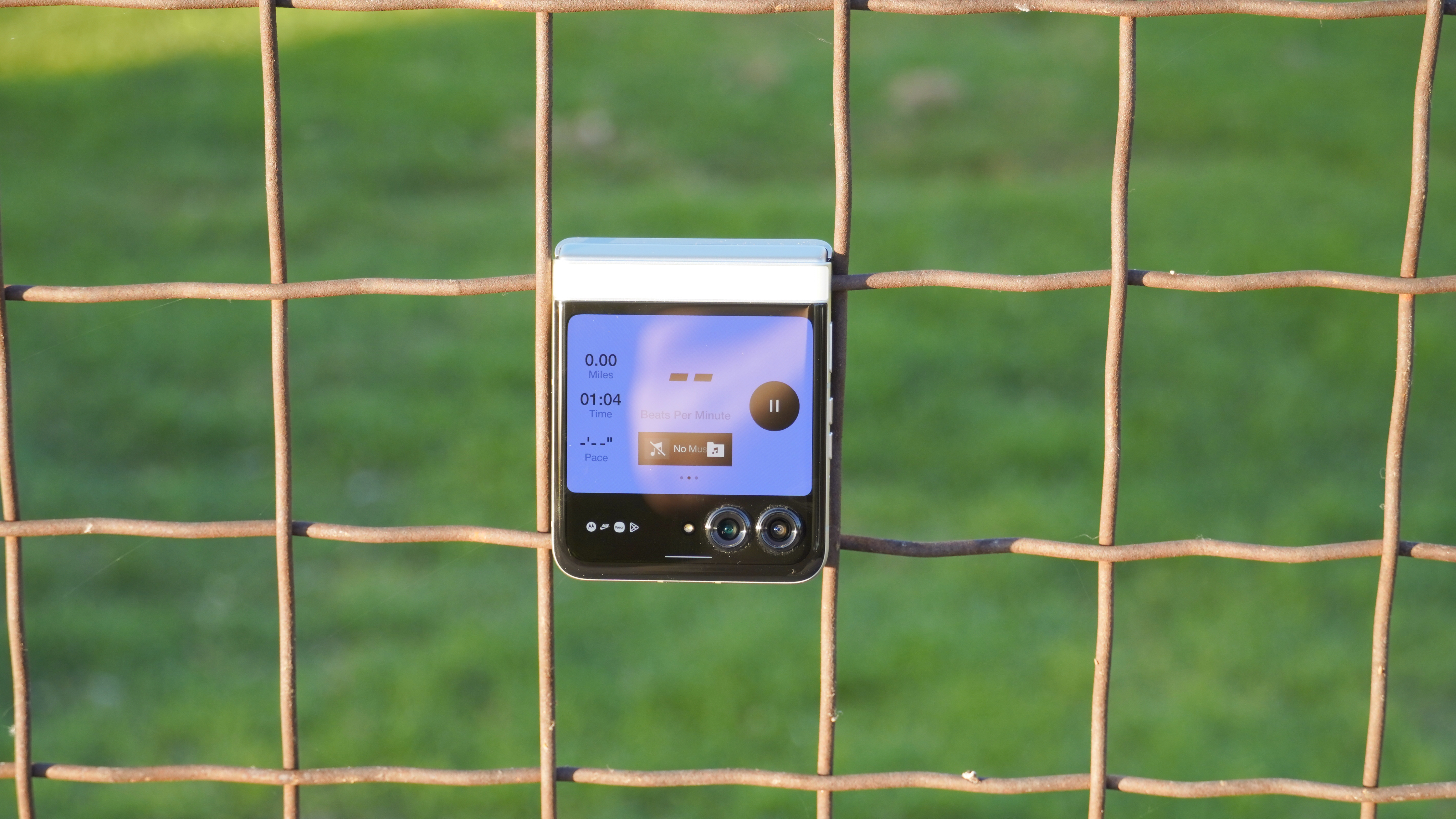

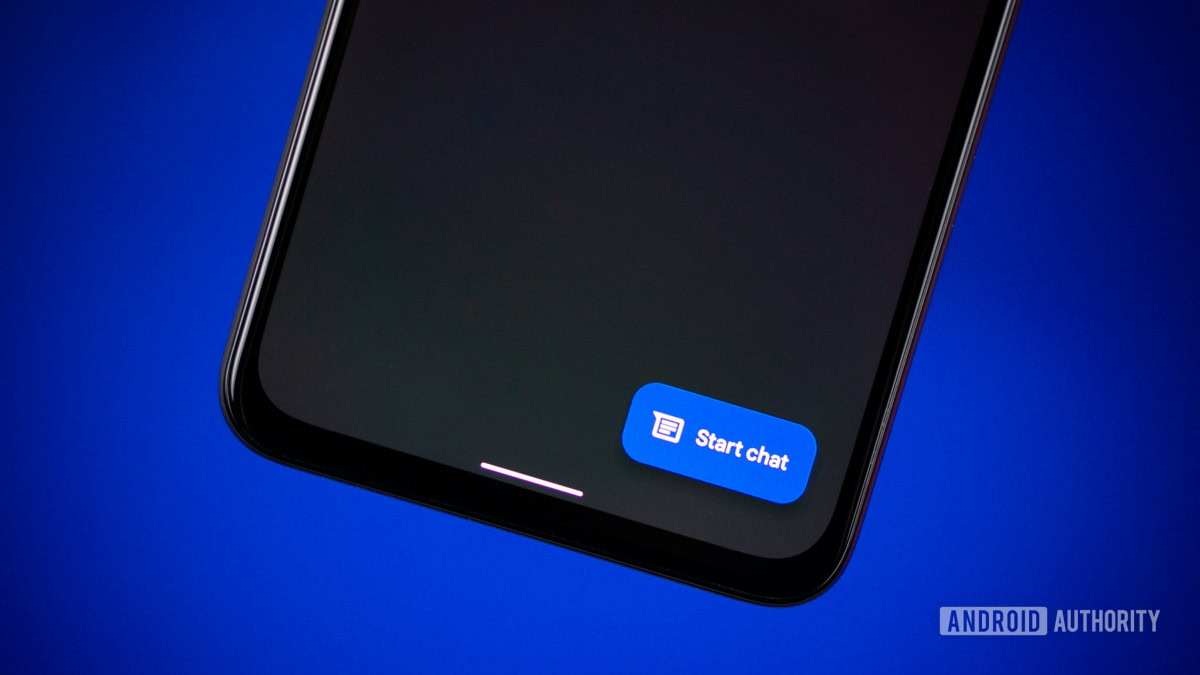







![What’s new in Android’s May 2025 Google System Updates [U: 5/19]](https://i0.wp.com/9to5google.com/wp-content/uploads/sites/4/2025/01/google-play-services-1.jpg?resize=1200%2C628&quality=82&strip=all&ssl=1)











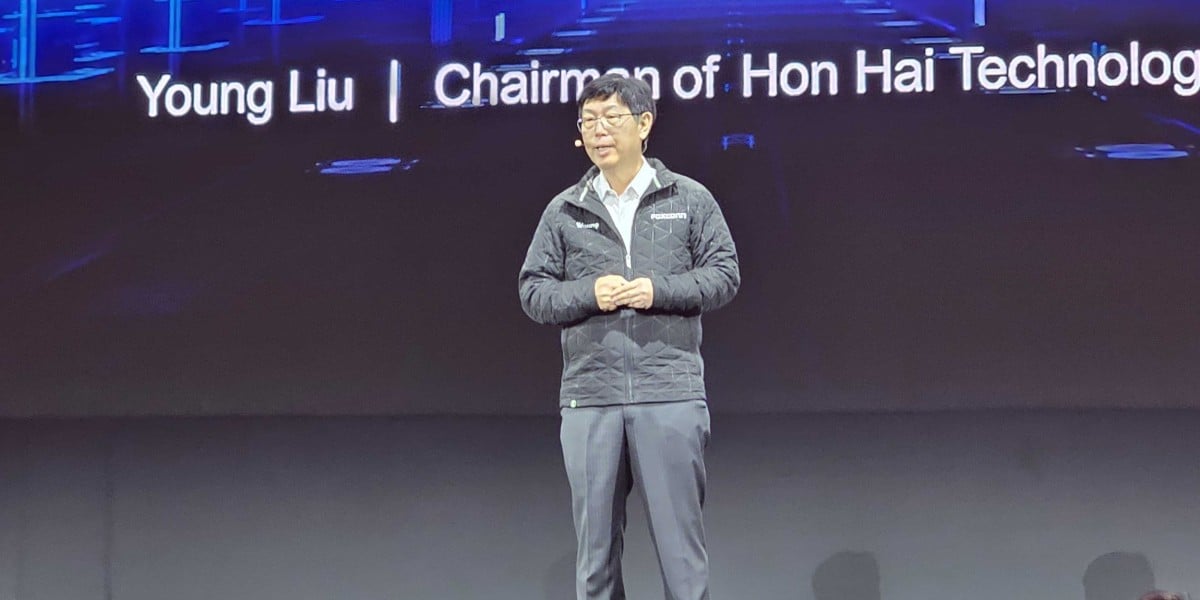





![Apple's iPhone Shift to India Accelerates With $1.5 Billion Foxconn Investment [Report]](https://www.iclarified.com/images/news/97357/97357/97357-640.jpg)
![Apple Releases iPadOS 17.7.8 for Older Devices [Download]](https://www.iclarified.com/images/news/97358/97358/97358-640.jpg)














